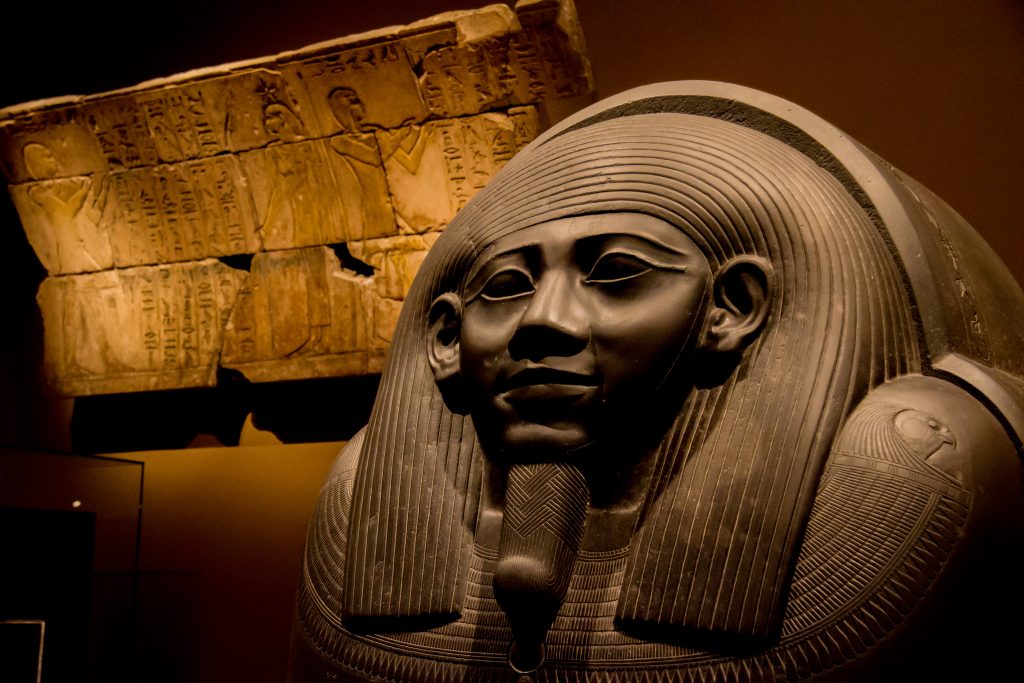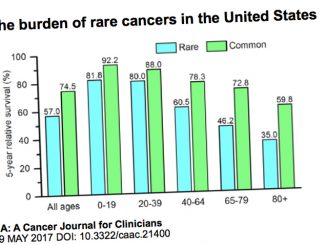Researchers are turning to mummies and human remains to study cancer, hoping it can inform screening and treatments in the future
Modern lifestyle changes, such as smoking or a fast food diet, are often blamed for the rise in cancer cases around the world. While the links that researchers have found between these changes and the disease have been proven, it does not draw the full picture. Scientists are now looking to our history in order to find the missing answers.
This gave birth to paleo-oncology, a term first coined in 1986 by Dr. Spyros Retsas, even though researchers have been tracing cancers in history much longer. It is a specific field of paleopathology where researchers study the history of cancers, going even further than our hominin ancestors all the way back to dinosaurs.
“Neoplastic diseases have affected humans since their first appearance on Earth. Cancer is still an old disease,” explained Nicholas Pavlidis, an emeritus professor at the University of Ioannina, Greece.
Lately, the field has been gaining traction, with some researchers looking towards the history of tumors to try to learn more about the causes and mechanisms of some of their types. “We can also study differences in the manifestation of cancers across cultures and through time in an attempt to identify changes in culture or environment that may have contributed to changes in cancer prevalence,” said Dr. Casey Kirkpatrick, executive director and co-founder of the Paleo-oncology Research Organization.
Modern analysis techniques continue to add pieces to the puzzle of cancer in antiquity. A lot of this is coming from mummies or skeletons from Egypt and Latin America. Prior to radiology, destructive autopsies were the only way to study these ancient remains – which left many of them unstudied. Last year, a review of documented evidence of cancer in humans and hominin remains documented 272 cases, dating back to as old as 1.7 million years ago, “though this number continues to rise,” added Kirkpatrick (Int J Paleopathol 2018, 21:12-26).
It is often tricky to detect many of the cases of cancer from hundreds or thousands of years ago. Bones and teeth have a better chance of surviving than soft tissue, so most of the evidence of tumors found in these ancient remains so far was detected through visual or x-ray analysis of bone cancers or tumors that have altered the structure of bones in the body.
“However, great strides are being made through other methods of analysis, including the radiographic and microscopic analysis of soft tissues in mummified human remains, ancient DNA analysis, and paleo-proteomic analysis,” said Kirkpatrick.
Information from the past
By looking at these remains, and understanding the prevalence of different types of cancers, researchers would be more informed about the disease and its manifestations.

“If cancer, such as breast cancer, existed in antiquity with apparently similar prevalence in populations with diverse dietary habits, can we seriously claim that diet can today prevent or mitigate the development of this cancer?” said Retsas.
By studying different cultures and how prevalent cancer was in them, researchers are hoping to see patterns evolve that can inform our understanding today. It could help identify causes of cancer we were unaware of before, or to find genetic or immunological changes that can make people more susceptible to developing tumors.
“Paleo-oncology may contribute to oncological knowledge through Darwinian medicine, as we can study the evolution of oncogenic pathogens and human vulnerability to cancer over large time spans,” added Kirkpatrick. Darwinian medicine looks at how a disease and its host have evolved together, and finding the adaptations both have developed through the ages.
In a 2007 opinion piece published in Nature Reviews Cancer ( Nat Rev Cancer 2007, 7(3):213-21), Mel Greaves from the Institute of Cancer Research in London argues that studying Darwinian medicine in cancer could help explain why humans are particularly vulnerable to developing tumors, even compared to their closest ape relatives.
The field of paleo-oncology is still, however, in its infancy. It is rapidly growing but there are many challenges that researchers still need to overcome. At best, the picture still remains incomplete for many different reasons. Preservation can vary from one place to another. Great care was taken, for example, to preserve mummies in Egypt – unlike other regions. Ancient cemeteries were also hardly representative of whole societies. This can create a perceived bias in prevalence that may be misleading at best.
But with newer technologies that allow researchers to analyse the structure of molecules, genomes and proteins, they are able to trace the evolution of certain viruses that are associated with some types of cancers. Historical research and archaeology can also help inform them. For example, periods of epidemics may show less manifestations of cancer because people died younger, or the prevalence of carcinogens such as radon in certain areas can explain higher than normal cases.
It is still the tip of the iceberg, and paleo-oncology could, along with all the other cancer research taking place around the world, continue to offer clues into how to best deal with the disease.
Kirkpatrick sees a more direct effect that paleo-oncology can have on patients, who are often ridden by guilt over lifestyle choices they made which may have led to their development of cancer. “Knowledge that cancer is not a modern disease, and that it can be difficult to avoid in any circumstances and even on an ancient diet, can be helpful to their psyche.”





